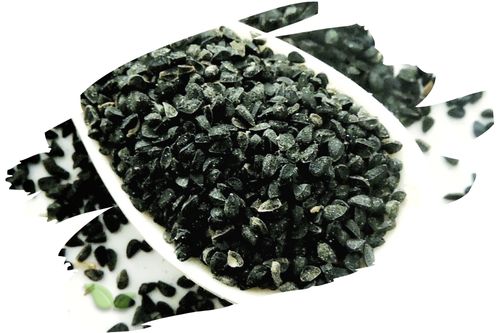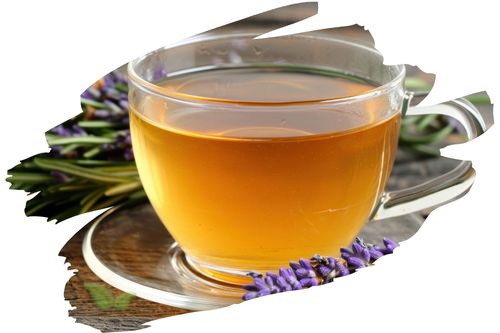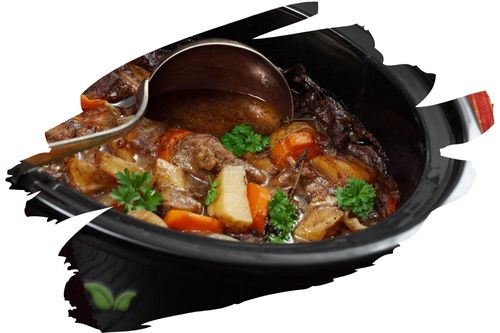
Introduction
When it comes to preparing visually appealing and appetizing vegetable dishes, color plays a significant role. Vibrant and richly colored vegetables not only please the eye but also indicate the presence of essential nutrients. One lesser-known ingredient that can impact the color of vegetables is cream of tartar. In this article, we'll delve into the intriguing relationship between cream of tartar and vegetable pigments and explore its effects on preserving color in a variety of culinary applications.
Understanding Vegetable Pigments
Before we explore the impact of cream of tartar, let's briefly understand the pigments responsible for the colors we see in vegetables:
-
Chlorophyll: This green pigment is present in all green vegetables and plays a crucial role in photosynthesis.
-
Carotenoids: Responsible for vibrant orange, red, and yellow hues in vegetables like carrots, tomatoes, and bell peppers. Carotenoids also possess antioxidant properties.
-
Anthocyanins: Found in blue, purple, and red vegetables like blueberries, eggplants, and red cabbage, anthocyanins are water-soluble pigments that change color depending on pH levels.
LSI Keywords: Photosynthesis, antioxidant properties, water-soluble pigments
The Role of Cream of Tartar in Vegetable Color Preservation
Cream of tartar, also known as potassium bitartrate, may seem like an unusual ingredient to use with vegetables. However, it can have a surprising impact on preserving their vibrant colors, especially when applied in certain cooking techniques:
1. Boiling Vegetables
When boiling vegetables, adding a pinch of cream of tartar to the water can help retain their vibrant colors. The acid in cream of tartar helps stabilize the pigments, preventing them from breaking down and becoming dull during the cooking process.
2. Pickling
In pickling recipes, cream of tartar can be added to the brine to maintain the vivid colors of the vegetables. This is particularly beneficial for preserving the natural hues of vegetables like beets, red onions, and cucumbers.
3. Vegetable Purees and Soups
When preparing vegetable purees or soups, incorporating cream of tartar can help retain the bright colors of the vegetables even after blending and cooking.
4. Vegetable Dyeing
For culinary presentations that require vibrant colors, such as decorative garnishes or colorful sauces, cream of tartar can be utilized to enhance the intensity of vegetable-based dyes.
LSI Keywords: Cooking techniques, pickling recipes, vegetable-based dyes
How to Use Cream of Tartar for Color Preservation
Using cream of tartar to preserve the color of vegetables is simple, but it requires careful application. Here are some tips on how to use it effectively:
-
Proportion: A little goes a long way with cream of tartar. A pinch or 1/8 teaspoon of cream of tartar is generally sufficient for most vegetable preparations.
-
Add at the Right Time: When boiling vegetables, add the cream of tartar to the water before adding the vegetables. For pickling and other recipes, follow the specific instructions in the recipe.
-
Stir Well: Ensure the cream of tartar dissolves completely in the liquid to evenly distribute its effects on the vegetable pigments.
-
Experimentation: While cream of tartar is generally safe to use with most vegetables, it's essential to consider the flavor profile of the dish. Conduct small experiments to find the right balance that preserves color without overpowering the taste.
LSI Keywords: Flavor profile, small experiments, dissolve completely
FAQs about Cream of Tartar and Vegetable Color
Q: Is cream of tartar safe to use with all vegetables?
A: Yes, cream of tartar is safe to use with most vegetables. However, it's essential to consider the desired flavor and appearance of the dish.
Q: Can I use cream of tartar with frozen vegetables?
A: Absolutely! Cream of tartar works well with frozen vegetables too. Simply add it to the boiling water or cooking liquid.
Q: Does cream of tartar alter the taste of vegetables?
A: When used in small quantities, cream of tartar should not significantly alter the taste of the vegetables.
Q: Can cream of tartar be used to enhance the color of vegetable-based dyes for decorating dishes?
A: Yes, cream of tartar can intensify the colors of vegetable-based dyes, making them ideal for decorative garnishes.
Q: Are there any other benefits to using cream of tartar with vegetables?
A: Aside from preserving color, cream of tartar may also help vegetables retain their nutrients during the cooking process.
Q: Can I use cream of tartar in vegetable juices or smoothies?
A: While it is possible to use cream of tartar in vegetable juices or smoothies, it's essential to consider the overall flavor profile and consult specific recipes.
Conclusion
Cream of tartar might be a surprising addition to your vegetable recipes, but its impact on preserving vibrant colors is undeniable. By understanding its influence on vegetable pigments and applying it with care, you can create visually appealing and nutritious dishes that are a feast for both the eyes and the palate. So, the next time you're cooking with colorful vegetables, consider harnessing the power of cream of tartar to elevate the visual appeal of your culinary creations!
Alert: While spices can have many beneficial properties for health, using them for medical purposes should be done under the guidance and supervision of a healthcare professional or specialist. Some spices may interact with medications or cause adverse reactions in certain individuals, and it is important to use them safely and appropriately. If you are considering using spices for a medical condition, it is important to consult with a healthcare professional before doing so.




















































